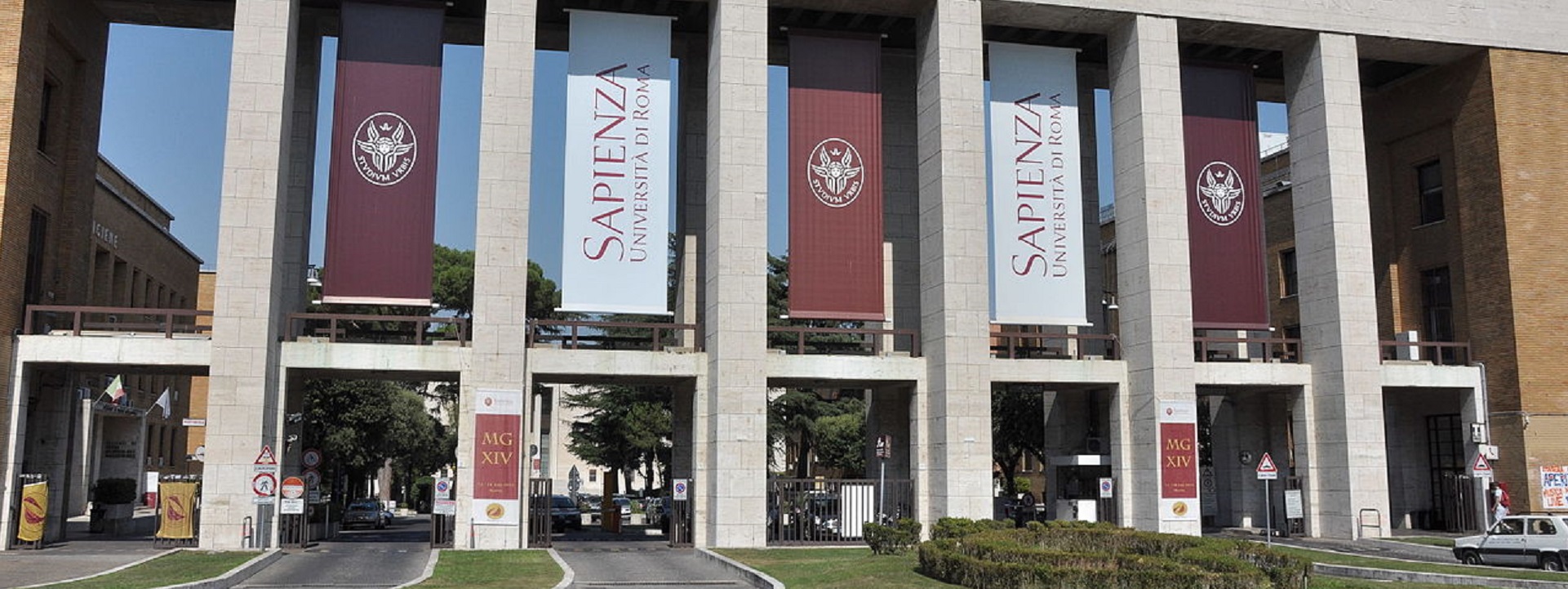The architecture of electric power systems: Some special cases
Abstract Modeling of the electric system “architecture” aims to achieve performances of operation, maintenance and safety. The paper discusses about the criteria in designing the normal and special cases that need a structured architecture complying with electrical loads extensively distributed and with installation requirements proper to external stresses hazard as earthquake, fire, flood, extreme environment conditions. Also advanced architectural buildings outside of the typical and classical configurations require tailored solutions for the electrical systems. The general criterion of designing power distributions is to structure the system in two or more levels from the utility up to the terminal equipment adopting a number equal or lower of voltages. The criterion of the barycentered distribution is generally applied for defining the dimension and the voltage of each distribution level. In critical facilities, it is necessary to ensure that electrical service will be available during and after a hazardous event and so all the components should have adequate ratings and be installed in a proper manner. A special power distribution, “brush-distribution”, is suitable for the strategic buildings with higher risk for seismic event, for the photovoltaic systems against extreme temperature conditions and for the road tunnels against the fire.
PURCHASE INFORMATION: IEEE Digital Library









